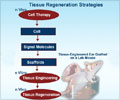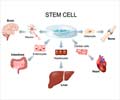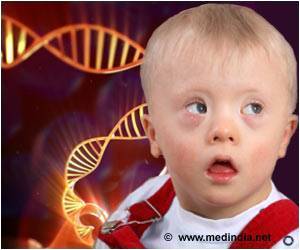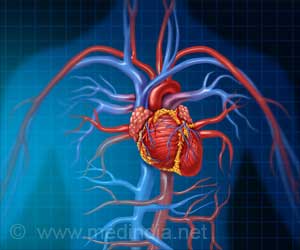Researchers have identified a new way through which induced pluripotent stem cells (iPSCs) can be converted into hematopoietic stem cells.
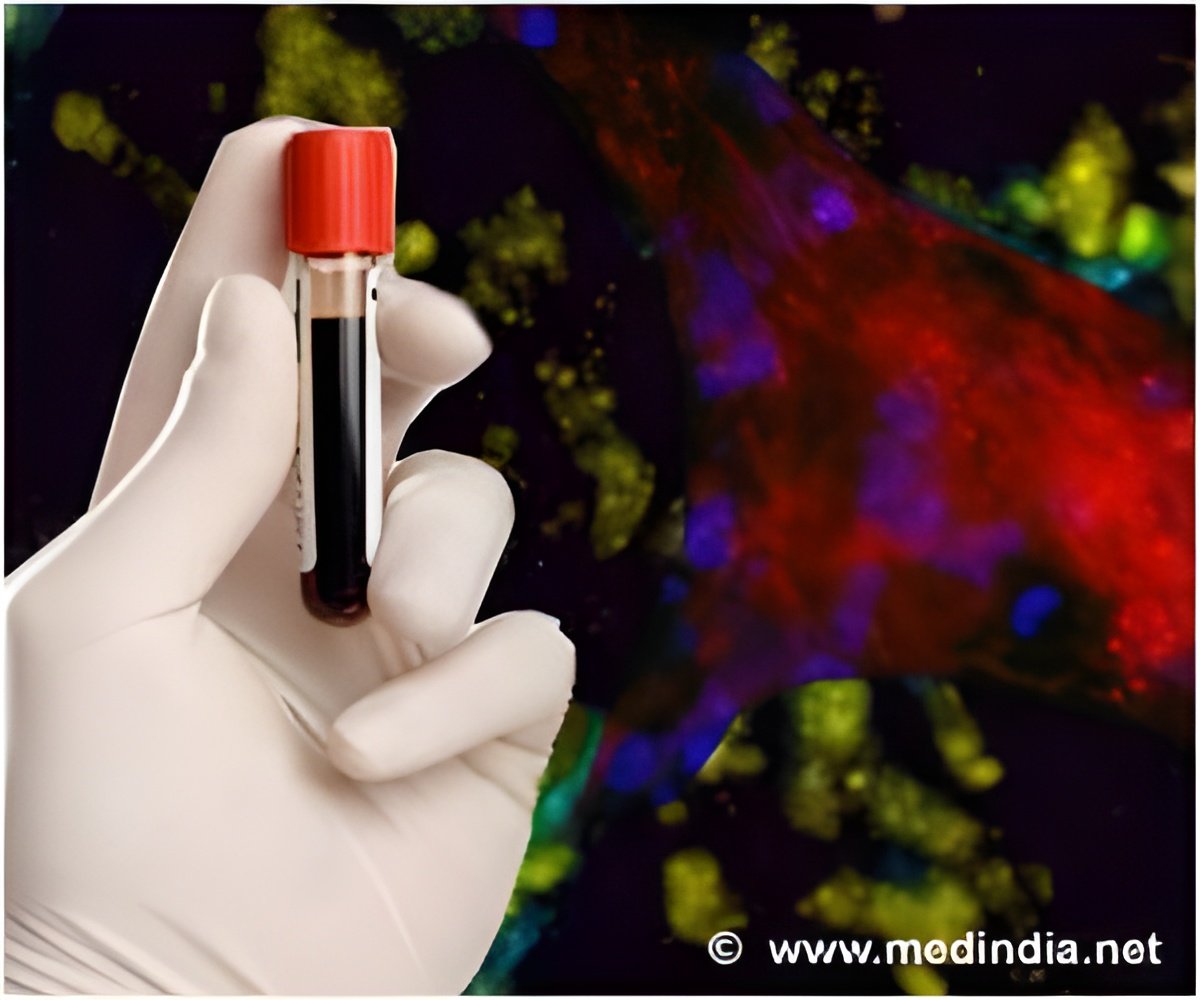
The main advantage of the technique lies in the raw material. The research team started with iPSCs that had already been directed to grow into myeloid progenitors, which are more closely related to the desired blood progenitors than skin or other fully differentiated cell types commonly used in stem cell experiments.
The researchers then used a select set of transcription factors to turn back the molecular clock just a little on these committed myeloid cells, turning them into blood progenitors that readily engrafted and differentiated when transplanted into mice.
The re-specification technique could help generate the large number of engraftable cells needed to create animal models from iPSCs generated from human patients suffering a range of blood disorders, such as anemias, thalassemia or sickle cell disease.
Source-Eurekalert
 MEDINDIA
MEDINDIA


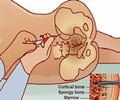
 Email
Email

